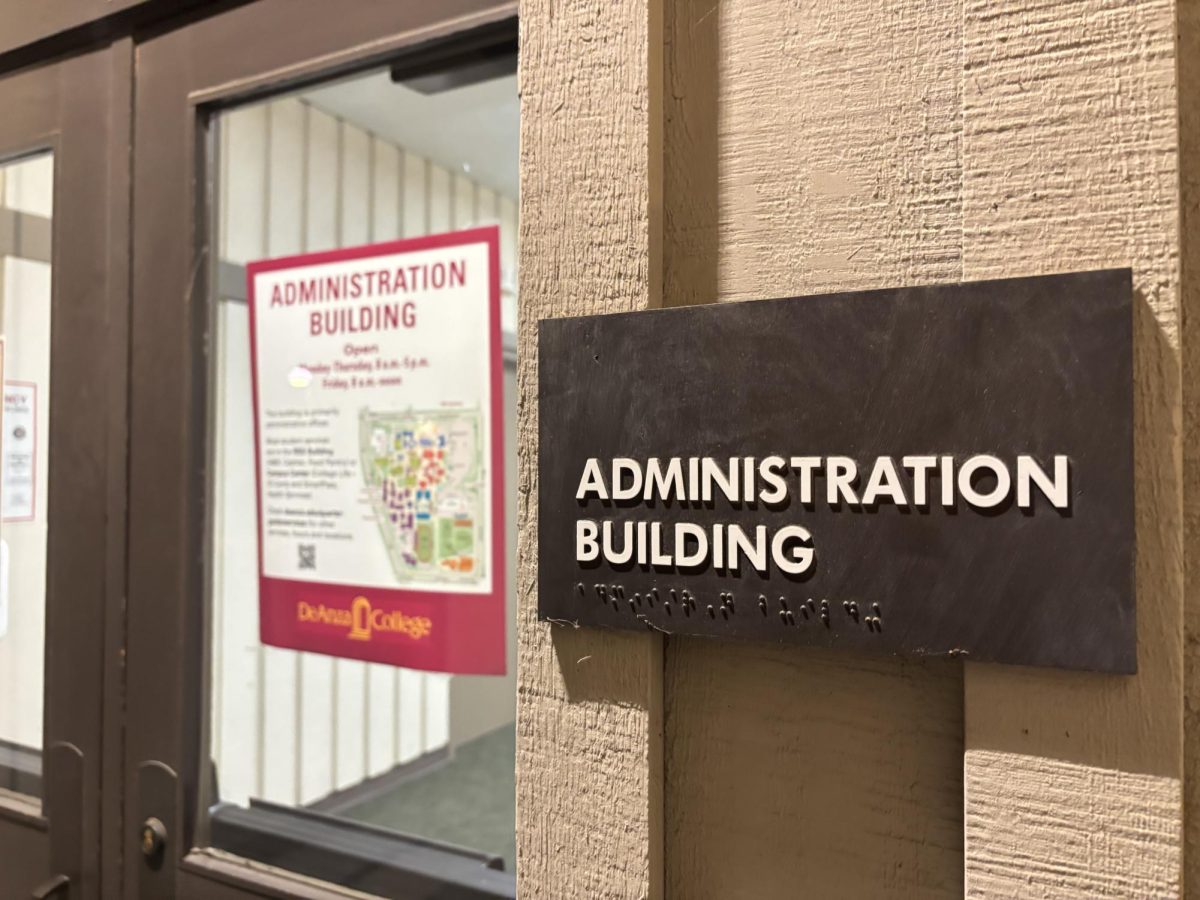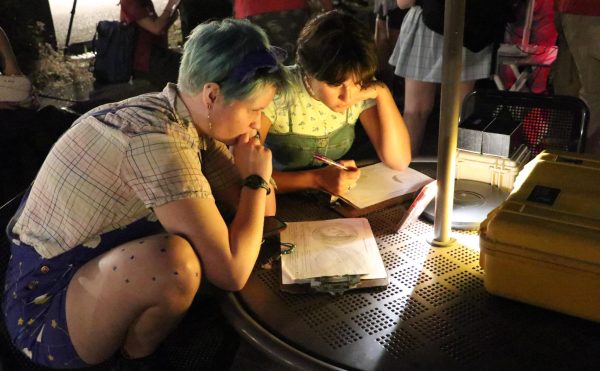De Anza students suggest way to kill rats, save raptors
June 19, 2015
Responding to a research study conducted by De Anza College students, custodial services has changed on-campus rat bait stations to more effective rat traps.
Previously, rat bait stations contained poison with bromadiolone, an anticoagulant that does not kill instantly.
As a result, the animal could roam free after being poisoned and if eaten, the predator would also be poisoned and die.
The new bait stations contain spring traps, which are a more humane method of getting rid of rats.
The issue was brought to students’ attention by biology professor Beth McPartlan, who became aware of the issue when reading news about local wildlife centers treating poisoned animals and receiving information given to her by an organization called “Raptors Are The Solution.”
There have been recent incidents of owls poisoned by rodenticides in McClellan Ranch Park near De Anza’s campus.
McPartlan said she noticed many bait boxes on campus.
“Every 10 feet there is a bait box filled with poisons; some of them are labeled and others are not,” McPartlan said.
De Anza students Jackson Synder, Greg Finkel and Yasaman Nourkhalaj collected information about the effects of poisonous bait stations on predators to change the method of extermination.
“We have been collecting literature and research and analyzing it, and have been putting together alternative solutions to present to the De Anza-Foothill faculty who are in charge of the rodent poison, so they can consider changing it,” said Synder, 20, biology major.
The alternate and most compassionate method the students found was mechanical traps.
“We wanted to make sure the rodent populations were being controlled in the most humane way possible that would have the smallest effect on the local ecosystem,” Synder said. “Preferably, having the rodents exterminated in the most humane way possible, which happens to be mechanical traps because [death] is instantaneous.”
The students presented their solution to Manny Da Silva, manager of custodial services. He looked into it and changes were made.
“The three students doing their study approached me about it and I made one call to Western Pest Control and they said ‘not a problem’ and they converted all the traps to spring traps,” Da Silva said.
The request to change the bait boxes was also presented to Foothill College administrators, but no modification has been made.
Although students cannot decide which traps are used, they can still help minimize the rodent population.
“Students should use the trash receptacles, police themselves and seal their food. This will keep the [rodent] population down,” Da Silva said.
Although it seems like an insignificant change, McPartlan said it is more important than it seems.
“We can fix this and it makes a big difference because we have so few predators left, we have already altered the ecosystem so severely,” McPartlan said. “This is a small thing we can do.”
























